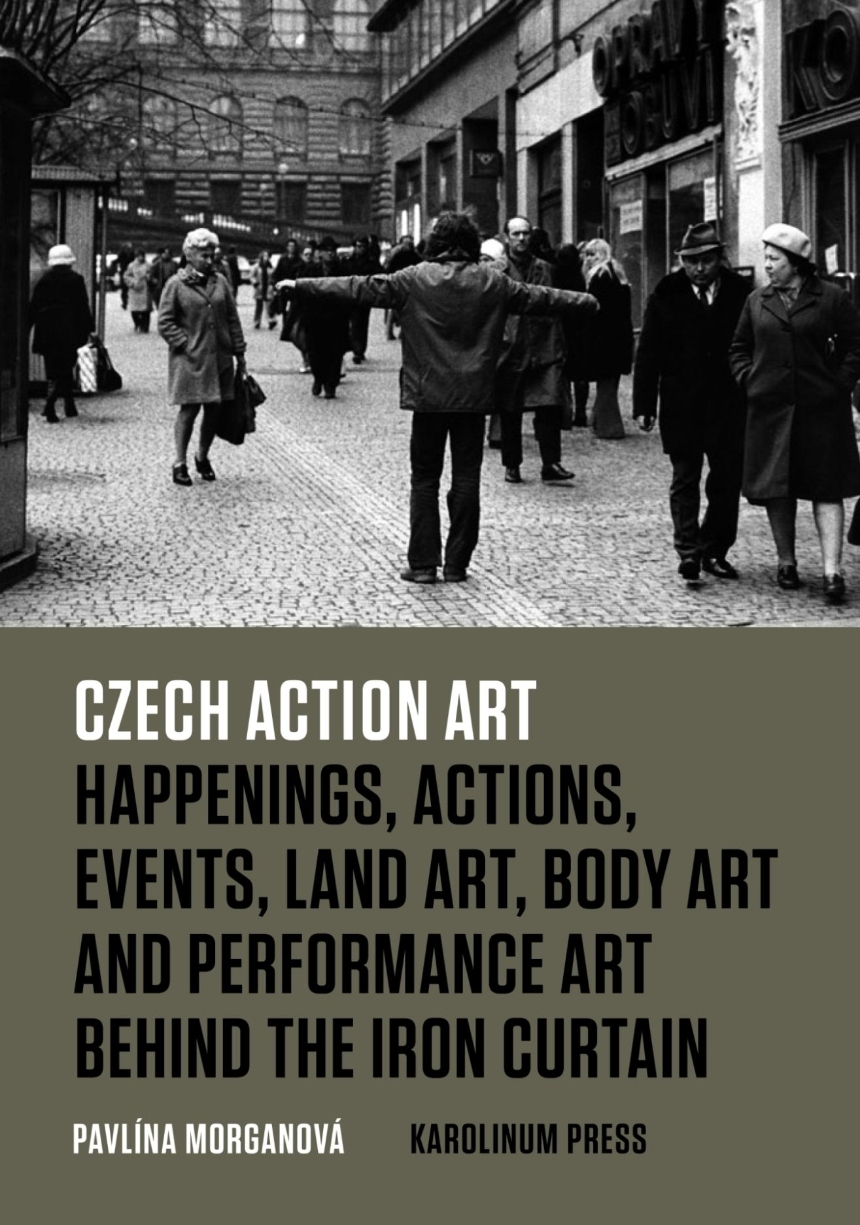Karolinum Press, Charles University
Czech Action Art
Happenings, Actions, Events, Land Art, Body Art and Performance Art Behind the Iron Curtain
9788024623177
Distributed for Karolinum Press, Charles University
Czech Action Art
Happenings, Actions, Events, Land Art, Body Art and Performance Art Behind the Iron Curtain
Czech action art—a medium similar to performance art that does not require an audience—emerged out of the political and social turmoil of the 1960s. This movement has received little critical attention, however, as the Iron Curtain prevented its dissemination to an international audience. Here theorist and art historian Pavlína Morganová gives this art scene its due, chronicling its inception and tracing its evolution through to the present.
Morganová explains the various forms of action art, from the “actions” and “happenings” of the 1960s; to the actions of land art that encompass stones, trees, water, or fire; to recent displays of body art; to the actions of the latest generation of artists, who are using the principles of action art in contemporary postconceptual and participative art. Along the way, she introduces the most prominent Czech artists of each specific niche, including Milan Knížák, Zorka Ságlová, Ivan Kafka, Petr Štembera, Karel Miler, Jirí Kovanda, and Katerina Šedá, and demonstrates not only the changes in the art forms themselves but also the shifting roles of artists and spectators after World War II.
With over one hundred illustrations, Czech Action Art introduces this heretofore overlooked but fascinating art form to a global readership.
Morganová explains the various forms of action art, from the “actions” and “happenings” of the 1960s; to the actions of land art that encompass stones, trees, water, or fire; to recent displays of body art; to the actions of the latest generation of artists, who are using the principles of action art in contemporary postconceptual and participative art. Along the way, she introduces the most prominent Czech artists of each specific niche, including Milan Knížák, Zorka Ságlová, Ivan Kafka, Petr Štembera, Karel Miler, Jirí Kovanda, and Katerina Šedá, and demonstrates not only the changes in the art forms themselves but also the shifting roles of artists and spectators after World War II.
With over one hundred illustrations, Czech Action Art introduces this heretofore overlooked but fascinating art form to a global readership.
Reviews
Table of Contents
List of Illustrations
Acknowledgements
Preface
Czech Action Art
The Artwork and Its Context – A Historical Framework
The Victory of the Idea over Matter – A Question of Documentation
Czech Performance Art from Futurism to the Present
1. A Breakthrough to the Everyday
Milan Knížák’s Aktual
Czech Collective Actions
2. A Return to Nature
A Transformed Landscape
Nature and the Body
Elements
3. An Experience of the Body
The Prague Body-Art Troika
Performance Art of the 1970s and 80s
Epilogue
Post-1989 Czech Action Art
List of Actions
Czech Action Art 1960-1989
Bibliography
Index

